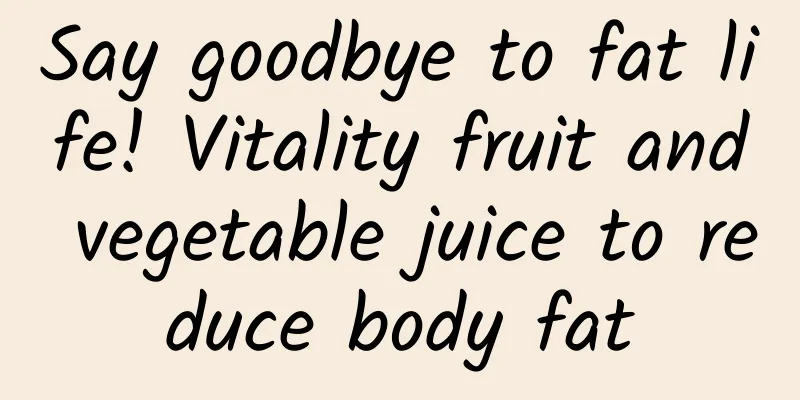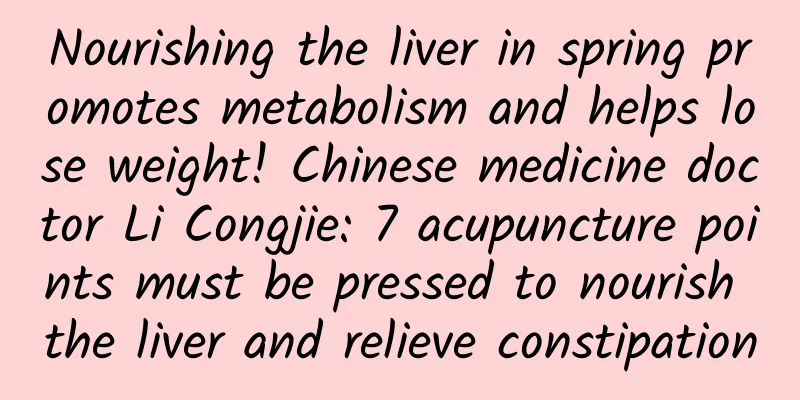What tests are done to diagnose the cause of sinus atresia?

|
The diagnosis of sinus atresia requires imaging and endoscopic examinations to clarify the cause. Common methods include CT scans, MRI and nasal endoscopy. Sinus atresia is usually caused by congenital developmental abnormalities, trauma, infection or tumors. The treatment method is surgical intervention or drug therapy according to the cause. 1. Imaging examination is an important means to diagnose sinus atresia. CT scan can clearly show the anatomical structure of the sinuses and help find bony atresia or soft tissue abnormalities. MRI is more suitable for evaluating soft tissue lesions, such as tumors or inflammation. These examinations can provide doctors with detailed lesion information and assist in formulating treatment plans. 2. Nasal endoscopy is another important diagnostic method. By inserting an endoscope into the nasal cavity, the doctor can directly observe the condition of the sinus opening and determine whether there is atresia or stenosis. Endoscopy can also be performed at the same time as a biopsy to clarify the nature of the lesion, such as whether it is a tumor or infection. 3. Congenital developmental abnormalities are one of the common causes of sinus atresia. During embryonic development, the sinus structure fails to form normally, leading to atresia. This condition usually requires surgical correction, such as sinusoplasty or sinuplasty, to restore normal ventilation function. 4. Trauma may also cause sinus atresia. After a blow to the nose or surgery, the structure of the sinuses may change, resulting in atresia. Treatments include surgical repair, such as sinus reconstruction, combined with drug therapy to prevent infection when necessary. 5. Infection and inflammation are another common cause of sinus atresia. Chronic sinusitis or fungal infection may cause blockage of the sinus opening. Treatment includes antibiotics or antifungal drugs. In severe cases, surgery is required to remove the lesions, such as sinus irrigation or sinus drainage. 6. Tumorous lesions may also cause sinus atresia. Benign or malignant tumors may compress or block the sinus opening. After diagnosis, treatment methods include surgical resection, radiotherapy or chemotherapy, and the specific plan needs to be formulated according to the nature of the tumor. The diagnosis and treatment of sinus atresia require a combination of imaging examinations, endoscopic examinations and etiology analysis. Treatment methods include surgical intervention and drug therapy. The specific plan needs to be formulated based on the cause and condition. It is recommended that patients seek medical attention in a timely manner and be evaluated and treated by a professional doctor. |
<<: What medicine should I take for endometritis and pelvic inflammatory disease
>>: Cervical hypertrophy treatment symptoms
Recommend
Several daily actions to prevent chocolate cysts
Chocolate cysts are relatively common in clinical...
Which hospital is good for treating endometrial tuberculosis?
In life, many female friends are troubled by endo...
What are the health care methods for women with uterine effusion?
In life, many women are actually quite familiar w...
Some Common Causes of Pelvic Inflammatory Disease
In life, more and more people suffer from pelvic ...
Analysis on how to prevent chronic cervicitis
With the increasing incidence of chronic cervicit...
Experts explain what painless abortion is like
Painless abortion is very popular now, but not ev...
How to prevent cervical erosion in women? Three points to note when preventing cervical erosion
Gynecological diseases are common to women. There...
How much does physical therapy for menopause cost?
The key to treatment is early stage. Some patient...
What are the dangers of having adnexitis?
We know that among the female internal reproducti...
Under what circumstances should abortion not be performed?
Artificial abortion is a surgical method to termi...
Causes of vaginitis
The common causes of vaginal itching in women are...
Home care for severe cervical erosion
Cervical erosion can be divided into many differe...
What are the physical treatments for cervical erosion?
Cervical erosion is harmful to women's health...
What are the common tests for vaginitis?
Examination is an important means of diagnosing d...
The harmful effects of ovarian cysts on women
Ovarian cysts are mainly lumps that form inside o...









